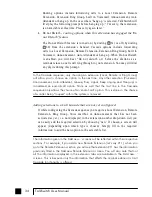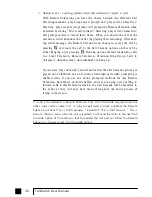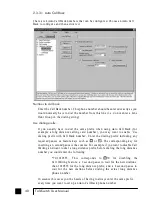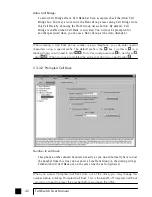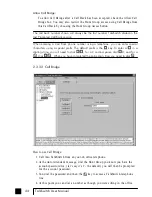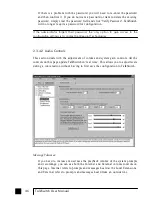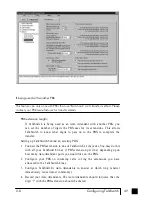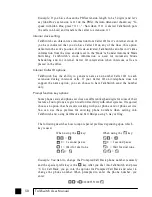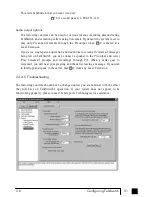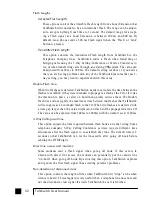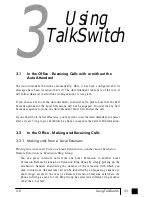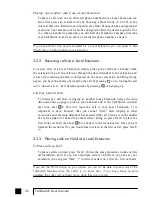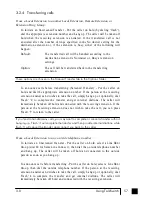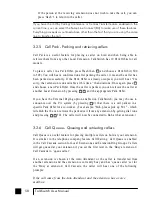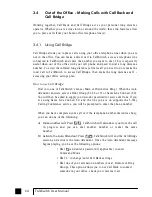
Transferring a caller to a Local Extension:
When performing this action, in the case of the extension not answering or being
busy, you have the choice of TalkSwitch either ringing back the extension who
transferred the call or performing the “no answer” or “busy” action of the
extension who the call was intended for.
You also have the choice to adjust this setting for both the Remote Extensions and
Extension Ring Groups. Any changes made in this section affect the entire system.
Transferring from a Home phone :
You can transfer a call from a phone connected in parallel to one of the incoming
TalkSwitch lines (Home phone) to a Local or Remote Extension, Extension Ring
Group, an Announcement, or a Voice mailbox. This section allows you to choose
which transfer prefix you would like to use to perform the action. The transfer
prefix ‘wakes up’ TalkSwitch and can be considered the equivalent of the Flash or
Link action at a Local Extension. By default the prefix is
.
Example: Let’s say you receive a call on a phone in your home that is not an
extension of TalkSwitch and you want to transfer the caller to Remote
Extension 215. You would then dial
, wait for the ‘double beep’ then dial
215 and hang up. TalkSwitch will now handle the call. For more details, see
section 3.2.8.
2.3.4.4 Miscellaneous
All of the following options affect TalkSwitch as a system. Adjust them according to
your needs.
Caller in queue reminder
When a caller is in queue at an extension which is off-hook, a reminder tone is
played at the extension to let them know they have a caller in their queue. This
option allows you to turn off this function.
Call Back ring return
You can adjust the number of rings during a Call Back session before TalkSwitch
disengages the Call Back (i.e. hangs up). Depending upon the situation you may
want to give yourself more time to pick up and accept the Call Back by increasing
the number of rings.
48
TalkSwitch User Manual
TS-user manual_Final_3rd.qxd 8/9/01 2:14 PM Page 48

